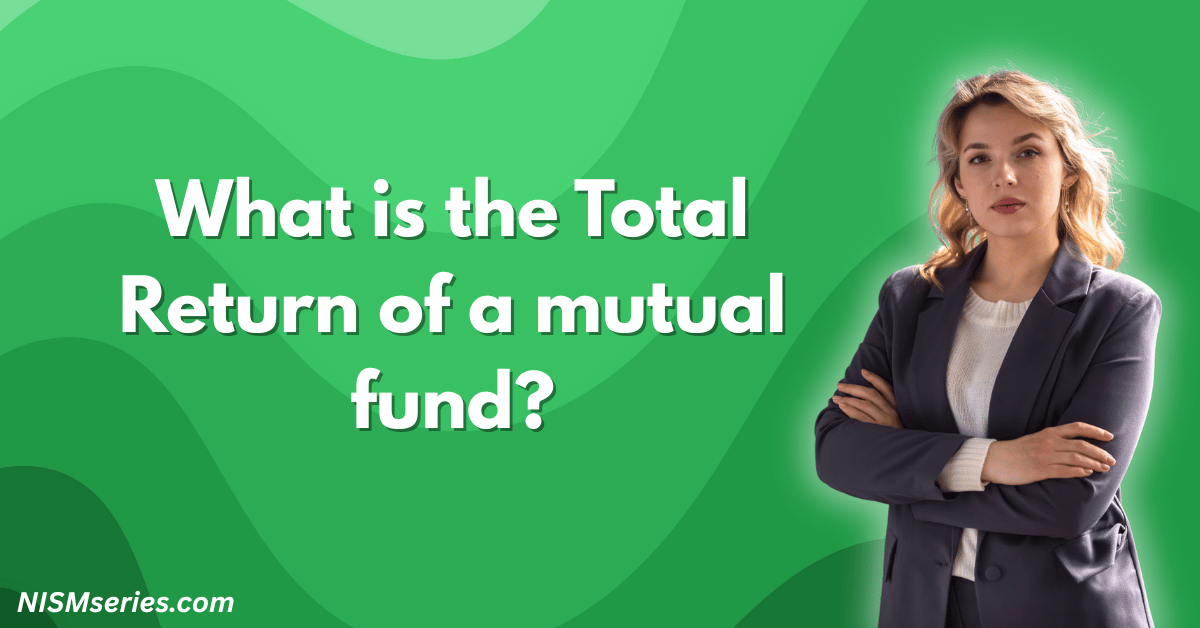Fund categories are the main structure of the mutual fund system. They offer clear ways to reach your money goals. You must understand these groups. The mutual fund industry is huge, with total money invested (called AUM) over ₹68 lakh crore.
A fund category groups mutual funds by their investment rules, what they own, and their risk level. The Securities and Exchange Board of India (SEBI) made these rules to stop confusion. This system is the only way to operate. It ensures each company (AMC) has only one fund in each group. This prevents repeat products and makes things clear.
Fund categories decide where your money is invested, whether in equity stocks, debt instruments, or a mix. Each category has specific investment parameters. This makes it simple to match your fund choice with your money goals and risk comfort level.
Table of Contents
Understanding Fund Categories
Why Fund Categories Matter for Investors
Fund categories make investing simple by grouping similar funds. Before SEBI’s rules, there were too many confusing funds with the same plans. The current system fixes this. It creates clear groups with exact rules, which is the best approach.
Risk and Return Classification
Each fund category has a set risk and return level. Large-cap equity funds must invest 80% of their money in the top 100 companies. This makes their returns more stable than small-cap funds. This grouping helps you understand a fund’s risk before you invest.
Investment Strategy Alignment
Categories ensure a fund’s actions match its stated objective. For example, sectoral funds must put at least 80% of their money into a specific economic sector. Balanced hybrid funds keep a 40-60% allocation in both equity and debt. This alignment stops strategy changes and keeps your portfolio consistent.
SEBI’s Five Main Fund Categories
The current regulatory system divides mutual funds into five main categories. These contain 36 smaller subcategories. These options cater to all investors, from aggressive growth seekers to conservative income earners.
Equity-Oriented Fund Categories
Equity schemes are the largest category, built for long-term wealth building through the stock market. These funds must have a minimum of 65% in equity, though some specific types require even more.
Large-Cap Fund Categories
Large-cap funds focus on the most established corporations. They invest 80% of their assets in companies ranked 1st to 100th by size. They delivered average returns of 16.2% in a recent yearly period.
Mid-cap funds target companies ranked from 101st to 250th, with a 65% minimum allocation. These funds saw remarkable growth, with inflows increasing by 4% to ₹5,093 crore in one month. Small-cap funds invest in companies ranked beyond 250th and saw their AUM grow from ₹2.33 lakh crore to ₹3.26 lakh crore.
Mid-Cap and Small-Cap Categories
Mid-cap and small-cap categories were investor favorites recently. Top-performing mid-cap funds delivered returns near 57%, while top small-cap funds delivered 46%. These categories benefit from economic growth but carry much higher risks.
Sectoral and Thematic Fund Types
Sectoral and thematic funds experienced explosive growth. Their AUM doubled from ₹2.58 lakh crore to ₹4.61 lakh crore. These funds allocate 80% to specific sectors or themes, which requires investors to be experts at timing market cycles.
How Do Debt-Oriented Fund Categories Work?
Debt schemes primarily invest in fixed-income securities. There are 16 categories based on investment duration and credit quality. These funds are for investors seeking regular income and capital preservation.
Duration-Based Debt Categories
Duration categories range from overnight funds (1-day maturity) to long-duration funds (over 7 years maturity). Ultra-short duration funds target a 3-6 month timeline. Medium-duration funds focus on 3-4 year securities. This classification helps you match your investment horizon with the correct fund.
Credit Risk Fund Classifications
Credit risk funds allocate at least 65% to corporate bonds not in the highest-rated safety groups. Corporate bond funds invest 80% in the highest-rated instruments. Banking and PSU funds maintain an 80% allocation in bank and public sector securities, offering government backing.
Hybrid Fund Categories Explained
Hybrid funds combine equity and debt investments. They provide balanced risk-return profiles through six subcategories. These funds are the right choice for investors who want diversification without managing multiple schemes.
Conservative vs Aggressive Hybrid Types
Conservative hybrid funds allocate 10-25% to equity and 75-90% to debt. They emphasize capital preservation. Aggressive hybrid funds reverse this, investing 65-80% in equity for higher growth potential. Balanced hybrid funds maintain a 40-60% allocation in both asset classes.
Multi-Asset Allocation Categories
Multi-asset allocation funds invest across at least three asset classes—equity, debt, and commodities like gold. They require a minimum 10% allocation to each. These funds provide deep diversification and reduce portfolio concentration risks.
Solution-Oriented Fund Categories
Solution-oriented schemes address specific life goals. SEBI created two primary categories here: retirement funds and children’s funds.
Retirement Fund Categories
Retirement funds focus on long-term wealth building for financial security after you stop working. They typically use equity-heavy allocations in early years, then shift to debt as retirement nears.
Children’s Fund Classifications
Children’s funds target education and marriage expenses. They include lock-in periods to ensure you achieve your goal. Recent proposals include lifecycle funds with defined target dates and automatic rebalancing.
Other Specialized Fund Categories
The “Others” category contains passive investment vehicles and fund-of-funds structures. These instruments give you exposure to broad market movements or international markets.
Index Funds and ETF Categories
Index funds and Exchange Traded Funds (ETFs) replicate benchmark indices, offering low-cost market exposure. SEBI has identified 21 key indices for this. Recent rules permit hybrid ETFs that combine both equity and debt indices.
Fund of Funds Classifications
Fund-of-Funds (FoFs) invest in other mutual fund schemes. This provides diversified exposure through a single transaction. These include domestic FoFs and overseas FoFs for international market access.
Choosing the Right Fund Category
Matching Fund Categories to Investment Goals
Goal-based investing requires you to select the right category. Equity categories suit long-term objectives like retirement. Debt categories address short-term needs and the desire for regular income. Hybrid categories offer balanced solutions.
Risk Tolerance and Fund Category Selection
Conservative investors must choose debt and conservative hybrid categories, accepting lower returns for better capital protection. Aggressive investors will prefer equity categories, particularly mid-cap and small-cap variants, despite higher volatility.
Fund Category Performance Comparison
Recent data shows large performance variations between categories. Flexi-cap funds averaged 20.5% returns, while sectoral funds saw exceptional growth. Past performance never guarantees future results. This makes category knowledge more critical than chasing past performance.
FAQ
Which Fund Category is Best for Beginners?
For beginners, large-cap equity funds or balanced hybrid funds are the best choice. They provide market exposure with relatively low volatility. These categories are a great way to learn about investing without taking excessive risk.
How Many Fund Categories Should I Invest In?
Investing in 3-4 categories is enough for most people. Over-diversification weakens your returns, while under-diversification concentrates your risks.
What are the Safest Fund Categories?
Liquid funds, overnight funds, and government securities funds offer the most safety. These categories prioritize protecting your capital over chasing high returns.
How Do Fund Categories Affect Returns?
Categories directly influence return potential and volatility. Equity categories offer higher long-term returns but have greater short-term changes compared to debt funds.
Can Fund Categories Change Over Time?
SEBI reviews its categorization guidelines. Proposals for new fund types like lifecycle funds show that the framework is always evolving.
Understanding fund categories empowers you to make informed decisions that match your financial objectives. As the mutual fund industry expands, these classifications remain essential tools for successful investing.




















